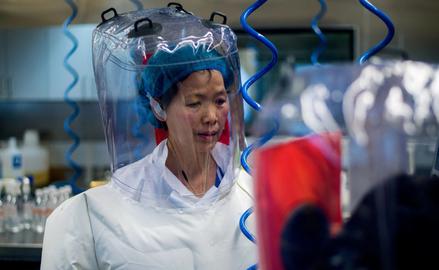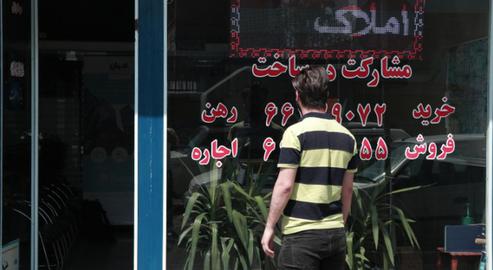Hu Ping is a former president of the Chinese Alliance for Democracy, the honorary chief editor of the United States-based Chinese-language political magazine Beijing Spring and a regular contributor to Radio Free Asia. As part of IranWire's ongoing series on Russian and Chinese disinformation during the pandemic, he considers recent coverage that has muddied the waters on the origin of coronavirus.
On April 23 this year, the New York Times published an article entitled: Amid Signs Coronavirus Came Earlier, Americans Ask: Did I Already Have It?.
The article claimed there are many indications that the novel coronavirus was already prevalent in the United States from as early as January to February 2020.
In recent weeks I have read various news reports that say as early as January or February 2020, or even November or December last year, many people in parts of the US and Italy had contracted influenza or pneumonia-like symptoms, got sick and died.
It was speculated afterward that this might in fact have been Covid-19, but people did not know about it at the time and treated it the new coronavirus, but people did not know it at the time. This would mean that the origin of the novel coronavirus outbreak might not have been in Wuhan, China, but somewhere in the United States or Italy instead: that is to say, that the epidemic in China was imported from another country.
It is also possible that Wuhan was the origin of a new strain of coronavirus, but so too were the United States or Italy, and that the epidemic in Europe therefore originated in Europe and the United States.
If a new sickness emerges in a given location and doctors initially treat it as one they recognise – influenza or pneumonia, say – due to a lack of understanding of the disease, then how do we establish whether it was the source of a subsequent pandemic or not?
How Do We Know it Started in Wuhan?
In the case of SARS-CoV-2, there is one very simple indicator.
In her 2017 speech, “Tracking the Source of SARS”, Wuhan Institute of Virology researcher Shi Zhengli: “At the beginning of the SARS outbreak, due to lack of knowledge about the disease, adequate isolation measures were not used for the initial SARS patients – including hospital doctors and nurses – and their personal protection equipment was insufficient. The earliest cluster outbreaks were in hospitals.”
Take note of this sentence: “The earliest cluster outbreaks were in hospitals.” The same thing occurred in the current pandemic. This was first described by the whistleblower Ai Fen. Later, at a press conference on March 6, the deputy secretary-general of China’s State Council Ding Xiangyang confirmed that by the end of January 2020, 3,000 medical workers in Hubei province had been infected.
This is known as Shi Zhengli’s identification criteria: To determine whether an outbreak in a place is, say, general influenza, pneumonia, or a novel coronavirus, first consider whether there has been a large-scale infection of medical staff or an outbreak at a hospital in that location. If there has been, it is likely something new.
Once a large-scale infection occurs, it will encourage an increased vigilance among medical staff who are, due to their profession, strongly motivated to work hard to ascertain the truth. As long as that location place has decent-quality scientific research facilities, they will be able to establish what the sickness is.
And if that location enjoys freedom of speech, conscientious doctors like Ai Fen and Li Wenliang will make sure the truth comes out. There will be media reports, and the public will be made aware. That is what happened in Wuhan – eventually.
Also in this series:
Missing Data, Mud-Slinging and “Miracle Cures”: Why Disinformation Is Bad For Your Health
Iranian Online Network Still Peddling Coronavirus Disinformation
Putin’s Domestic Problems Eclipse Russian Disinformation Campaigns
China's Campaign to Protect President Xi against Coronavirus Criticism
Chinese Embassies Work Overtime to Diffuse International Fury Over Coronavirus
Russia Bans Coronavirus "Fake News" and Slams US Over Press Freedom
China Blocks Investigations Amid Refusal to Shut Down Wet Markets
From Coronavirus to the Second World War: On the Frontlines of the Russian Disinformation Battle
Russia Blames West for Propaganda While Reporting Unlikely Number of Covid-19 Deaths
As Criticism of China Falters, Time for a NATO for Human Rights?
Guest Post From Russia: How do You Put the Brakes on a Fake News Machine?
Has China Really Given Assent to a Global Coronavirus Review?
Russian Disinformation Back to Targeting Ukraine as Putin Declares Covid-19 Peak has Passed
Will the Post-Coronavirus World Stand Up to China's Bullying Business Tactics?
Coronavirus: An opportunity to advance Russian interests in Latin America
visit the accountability section
In this section of Iran Wire, you can contact the officials and launch your campaign for various problems

























comments